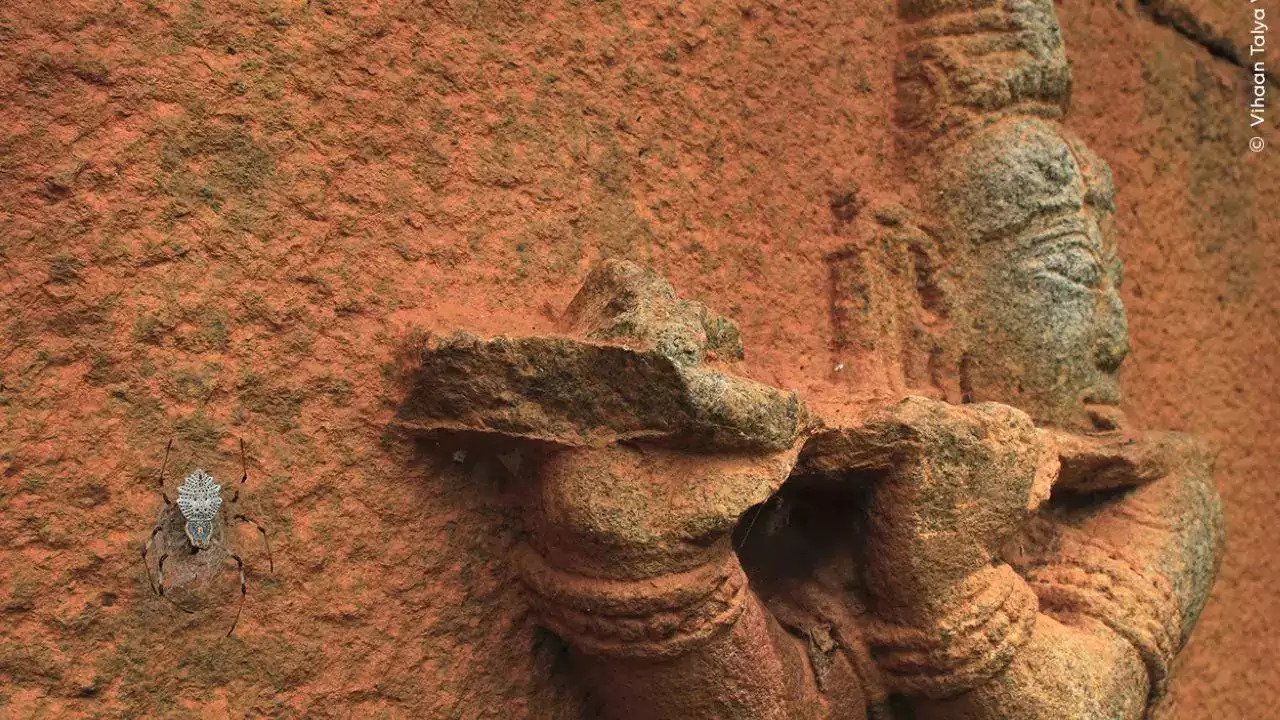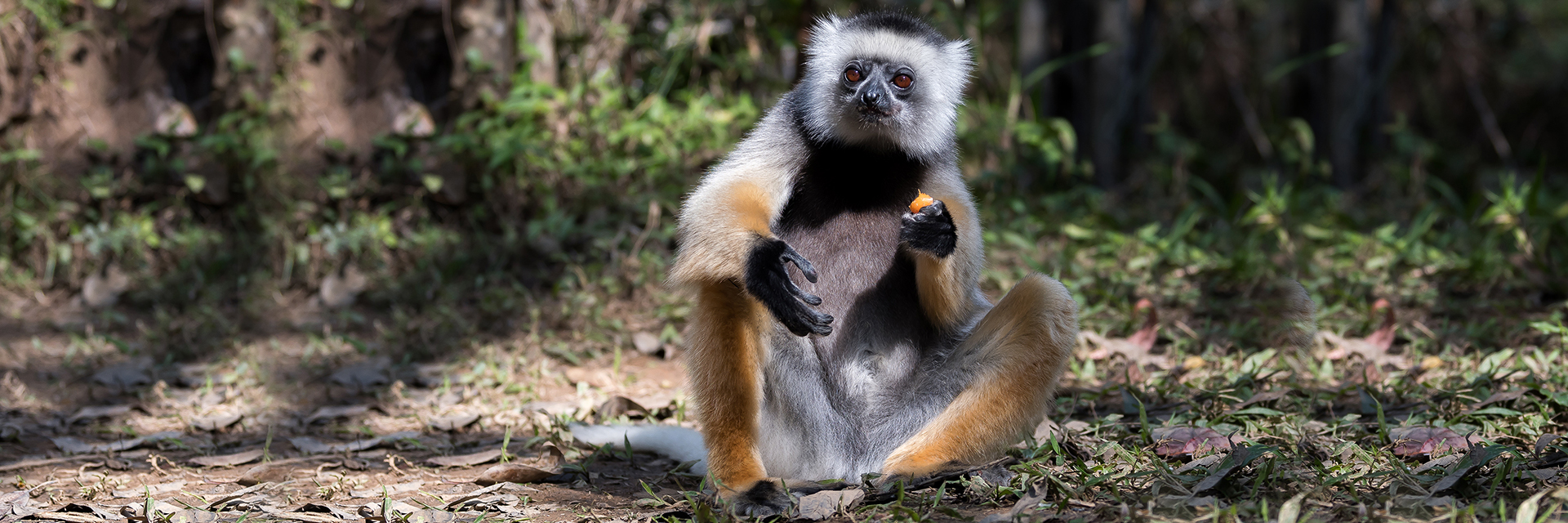(November 22, 2023) With a Canon EOS 7D strapped onto his shoulder, 10-year-old Vihaan Talya Vikas took off a few kilometers north to the Bengaluru airport in search of that perfect shot. Drawn to an ancient tamarind grove, he marched in deeper adjusting his telephoto lens. That’s when a wall on the other side grabbed his attention. For any other person, it would have been a normal sight – a spider on a wall, but for Vihaan, it spoke volumes. Seeing an ornamental tree trunk spider right next to an idol of Lord Krishna put him in a trance, as in that moment all he could perceive was an image of a spider entranced by the sound of Krishna’s flute. He sealed the moment in his DSLR as a photographic memory and it was this unique representation that made his photograph stand out and helped him win the Wildlife Photographer of the Year 2023 in the under-10 category.
“I am very happy and excited to receive this award. I like doing photography because it helps us think creatively and connect with nature,” Vihaan said after winning the coveted prize. Organised by The Natural History Museum in London, the competition highlights the world’s most exceptional wildlife photography. This event is often dubbed the “Oscars of Photography” due to its renowned status.

The award-winning photo clicked by Vihaan Talya Vikas
This year that competition saw entries from 95 countries across the globe with a total of 50,000 images being submitted. Out of the lot, only the top 100 made it to the competition and 11 were chosen in different categories. Vihaan’s win is a testament to a photographer’s skill, vision, and ability to communicate the essence of the wild through their art. Commenting on Vihaan’s photograph, Dhritiman Mukherjee, Wildlife and Conservation Photographer and Competition Judge, said, “This image conveys so many interesting things to me. What I like most is the thought process behind it and the composition of the image. it talks about coexistence very nicely. The inclusion of a historic sculpture adds a different dimension to the concept. Then here we are, seeing a spider – a smaller and less attended life form. So for me, this one served the purpose of art, concept, conservation, and science very nicely.”
The photograph titled The Wall of Wonder will become a part of the WPY59 collection and will be featured in the Wildlife Photographer of the Year Exhibition held at the Natural History Museum. This exhibition is set to travel to approximately 25 locations across four continents, aiming to raise awareness about wildlife conservation, using powerful imagery to connect people with the natural world.


Vihaan Talya Vikas
A student of Kumarans School, Bangalore, Vihaan’s love for photography began at the age of seven when he often accompanied his dad for wildlife safaris. It was his father’s love for photography that rubbed onto him. What’s intriguing is his affinity for macro and telephoto lenses, showcasing his versatility and keen eye for intricate details. His photography captures not only the magnificence of wildlife but also the beauty of smaller creatures.
Vihaan, who is also interested in astronomy, is keen to showcase his love for science and the exploration of the natural world in all its forms. Using his camera, Vihaan combines a curious scientist’s mindset with an artistic soul. His accomplishment not only shows his unique talent but also inspires people of all ages. It reminds us of the strong link between humans and wildlife and emphasises the art that connects us to both.




